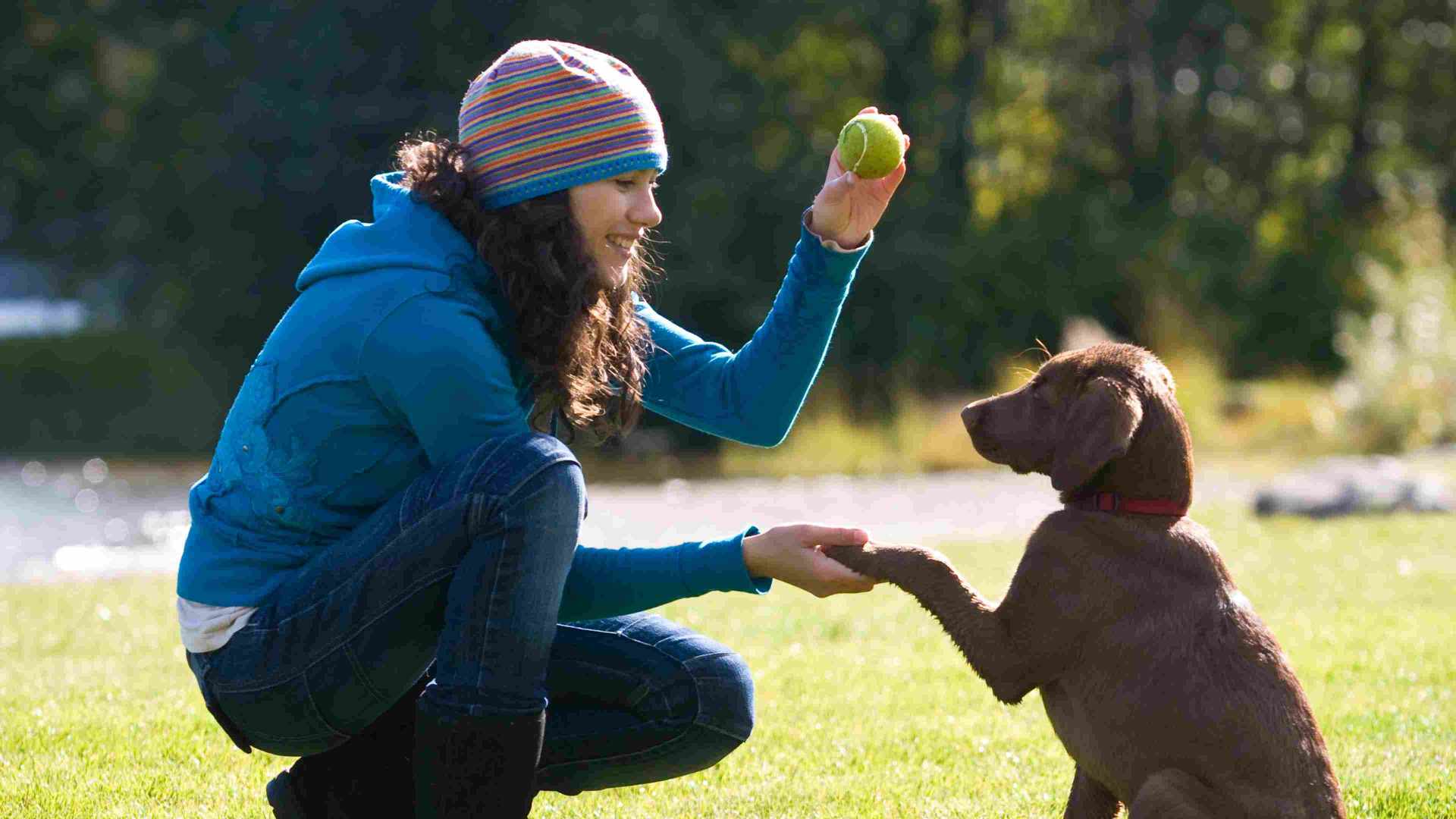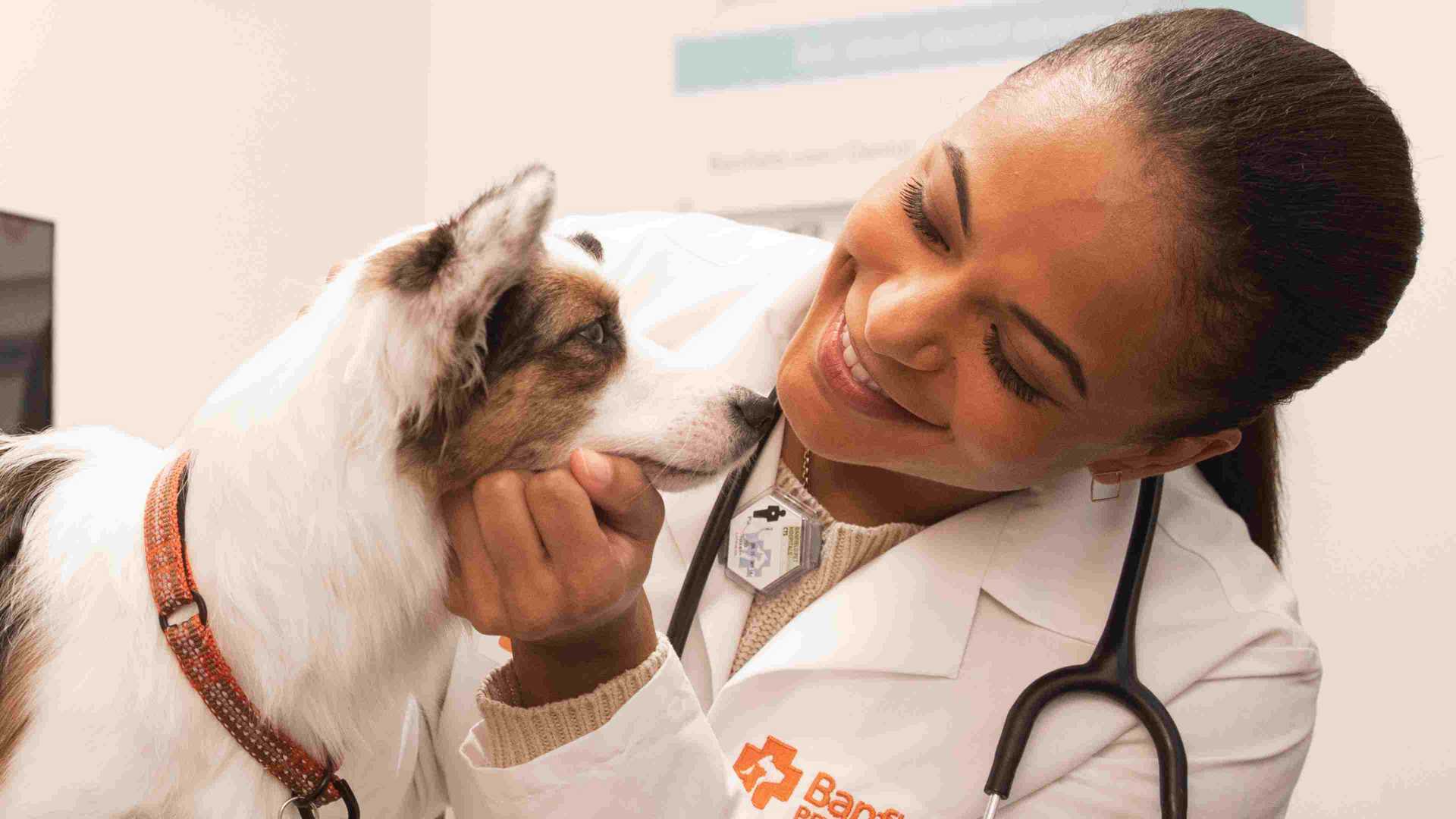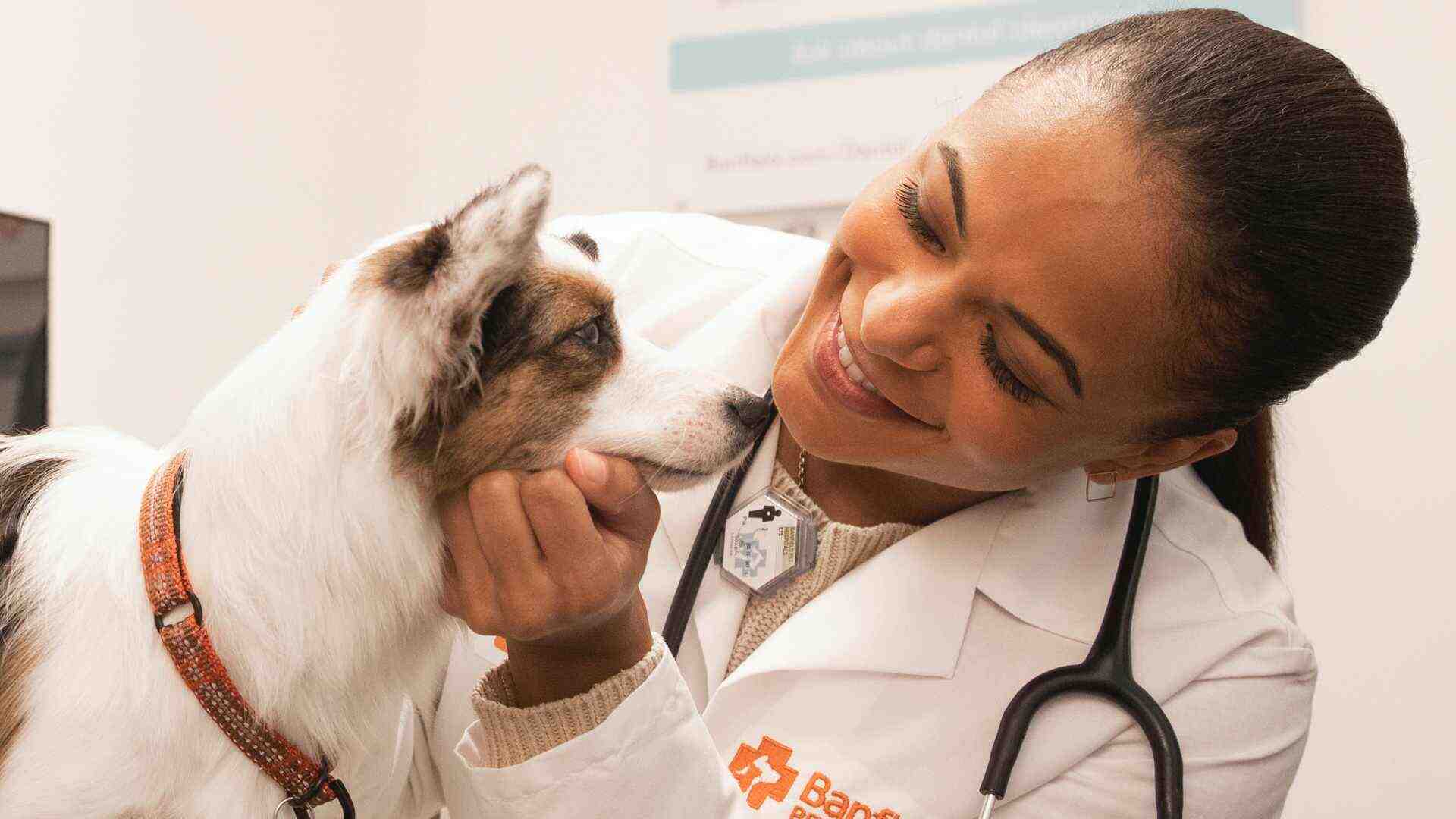sit! stay! bravo cane!
If you live in a multilingual household, it’s very likely your pets understand more than one language. After all, to them, it’s all “humanspeak” anyway – and they don’t much mind if you say sit, zuò, or assis.
In fact, even if you only speak one language at home, there are very good reasons to teach your pets – especially dogs – their most important commands in a few different ways.
Speak what people speak
Do you live in a neighborhood that commonly speaks more than one language? It’s a great idea to make sure your pooch knows the basics.
One big reason is that other people may need to interact with your dog. There’s no guarantee they’ll speak your native tongue – so it helps if your dog understands a few commands in theirs.
Another reason? It’s pretty impressive to meet a very good pup who happens to be fluent in sit, stay, and down.
Training tip: tone matters
Many dogs respond to our tones as much, if not more, than our actual words. They’re also attuned to their surroundings.
So, if you’re teaching your dog a new language, try to say the new words in the same way, in the same situation, as the command the dog already knows.
Hand signals are super useful
Hand signals, either alone or with a verbal command, can be useful in a wide variety of situations. They’re a great way to communicate with a deaf pet. And because dogs are so attuned to our actions, they can even help hearing pets learn new skills by reinforcing what you want them to do.
If you’re starting with combined motions and verbal commands, our best tip is to keep your commands very short. Use one word if you can (“Bed!” instead of “Go to bed!”), paired with your hand signal. This makes it simpler to phase out the phrase and just use the motion.
Training your dog to respond to your hand claps can also be really helpful, especially when you’re in louder outdoor areas like dog parks. (And speaking of that, clicker training is another way to connect and communicate with pets – even cats.)
Add positive reinforcement, and your dog will soon learn that your gesture is the same as a command – no matter what language it’s in.
Speak up
At Banfield Pet Hospital, we appreciate our multilingual world. We offer over-the-phone interpretation for calls and hospital visits in 350 languages, including (but not limited to) Spanish, Mandarin, French, Portuguese, Vietnamese, Korean, Arabic and Russian.
Of course, these services are really for you owners, and not your pets. But who knows? Maybe your pet will learn whole new ways to understand, “Good dog!”
 Mites and mange
Mites and mange Podcast - Not Just Fluff
Podcast - Not Just Fluff











